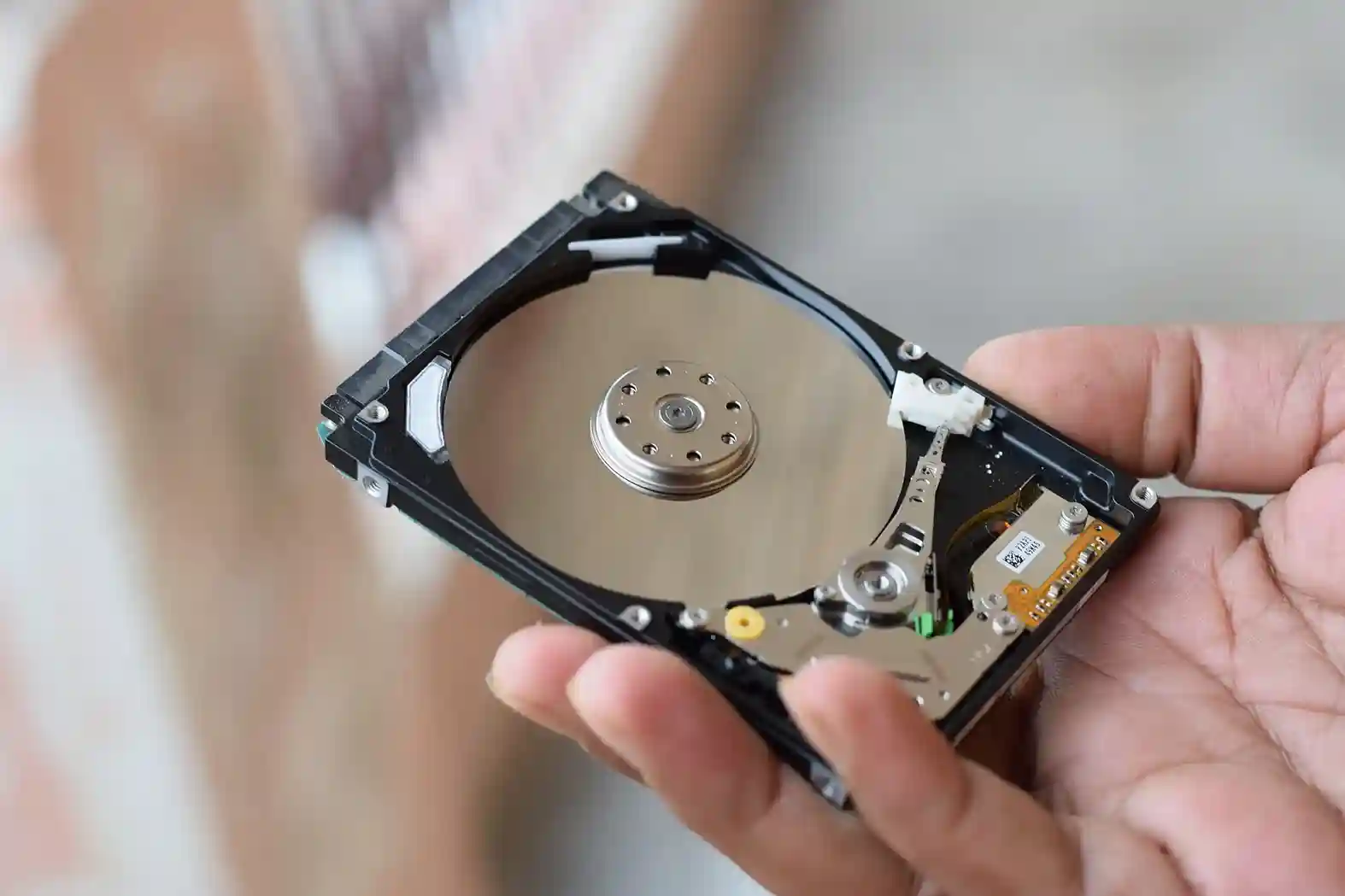Common Causes of Data loss in Server | Raid | NAS. Data loss is scary for any person or group who uses some technology for keeping some useful information. Knowing how and where data loss happens in servers, RAID systems and NAS can assist in taking preventive measures and planning effective data recovery. This writing clarifies these issues in depth and explains that how data loss can happen and what are the possible measures that can be taken to avoid such
loss.
Data Loss in Servers are crucial for managing, storing and processing data for businesses or organizations. They handle everything from websites and databases to the file sharing and email communications.

However, several factors for causes to data loss in servers:
1. Hardware Failures Hard Drive Failures:
Hard drives in servers are likely to mechanical failures, which can be result in data loss.
Power Supply Issues: An unstable power supply can lead to unexpected shutdowns which causing data corruption or loss.
Motherboard Failures: Problems with the motherboard or other critical components can disrupt the server’s ability to read or write data correctly.
2. Human Error Accidental Deletion:
Users may accidentally delete important files or data. Without proper backup procedures, these deletions can lead to significant data loss.
Misconfiguration: Incorrect settings or configurations can result in data being lost or become inaccessible. For example, misconfigured permissions may prevent access to critical files.
Data Corruption: Human errors during data handling or software updates can lead to corruption of files or databases, making data recovery difficult.
3. Software Issues Operating System Crashes:
Problems with the server’s operating system can lead to data loss, mainly if the crash affects the system files or critical applications.
Application Failures: Software bugs or failures in applications those are running on the server can cause data corruption or loss.
Virus and Malware: Malicious software can infect servers and causing data loss through corruption, deletion or encryption.
4. Natural Disasters Fire and Flooding:
Physical damage from the natural disasters such as floods or earthquakes that can destroy servers and also data.
Environmental Factors: Some issues like excessive heat, humidity or dust can contribute to hardware failure and data loss.

Data Loss in RAID Systems RAID is designed to enhance the data reliability or performance by using the multiple hard drives.
Primarily its advantages, RAID systems are not immune to
data loss:
1. RAID Configuration Errors Incorrect RAID Setup:
Errors in RAID configuration can lead to data loss. For example, setting up RAID 0 without proper understanding can result in complete data loss if the one of it drive fails.
RAID Controller Failures: The RAID controller manages data distribution across drives. A failure or malfunction of the RAID controller can cause data loss or corruption.
2. Drive Failures Multiple Drive Failures:
In RAID setups like RAID 5 and RAID 6 the failure of multiple drives are beyond the system’s redundancy capability can lead to data loss.
Rebuilding Issues: If another drive fails during the RAID rebuild process and complications arise with the rebuild operation where it can lead to significant data loss.
3. Data Corruption Corrupted Parity Data:
In RAID systems that use parity in which the corrupted parity data can lead to data corruption or loss when the array is rebuilt.
Firmware Issues: Problems with the firmware of RAID controllers or drives can causes data corruption or loss. Data Loss in NAS Systems NAS (Network Attached Storage)
offers a unified storage solution that can be accessed across a network.

Causes of data loss in NAS, It is convenient solution but comes with its own risks of data loss:
1. Hardware Failures Disk Failures:
Hard disks in NAS devices can fail due to its mechanical issues or physical damage.
Power Supply Problems: Issues with the NAS power supply can cause sudden shutdowns were leading to data loss or corruption.
Network Issues: Network failures can result in data becoming inaccessible.
2. Human Error Accidental Deletion:
Users may Accidentally delete files or folders stored on the NAS, leading to data loss if not properly backed up.
Mismanagement: Poor management practices, such as incorrect file permissions or user access settings which can lead to unauthorized access or data loss.
3. Software Failures Firmware Bugs:
NAS devices rely on the firmware to operate correctly and bugs or issues in the firmware can cause data corruption or loss.
Application Failures: Applications running on the NAS, such as backup software or file management tools can experience failures or bugs that result to the data loss.
4. Network Security Threats Cyberattacks:
NAS systems connected to a network are vulnerable to cyberattacks which including ransomware and can encrypt or delete data.
Data Breaches: Unauthorized access due to weak security protocols can lead to the data theft or loss.
Preventive Measures and Recovery Strategies For data protection measures as well as successful data recovery, consider the following strategies to avoid the situation above:
1. Regular Backups:
Help Implement Regular Backups: Perform a backup of the
data frequently and store it offsite, or perform a data backup to a cloud storage. Guarantee the backups are current and validate their integrities.
Use Automated Backup Solutions: It assists to ensure that there is constant backup of data and there is no need for manual backup efforts.
2. RAID Monitoring and Maintenance:
Monitor RAID Health: Check the status of RAID arrays and individual hard drives on a routine basis to identify problems before it is too late to prevent loss of data.
Perform Regular Maintenance: Routinely maintenance and updates on RAID controllers and RAID firmware should be performed in order to avoid failures.
3. NAS Security: Secure Network Access:
By employing a high level of security measures such as firewalls and encryption technologies to prevent hacking of NAS devices.
Regular Firmware Updates: It is prudent to update the NAS firmware for it enhanced safety and compatibility.
4. Disaster Recovery Planning:
Develop a Disaster Recovery Plan: Formulate the detailed restoration procedures to the organization to be followed in case of hardware malfunction; fire, vandalism, flood or other events that lead to loss of data.
Test Recovery Procedures: To ensure that they work effectively by you can quickly restore data when the need arises.
It is highly important to understand the common sources of data loss, whether it is loss of data from servers, RAID systems or NAS devices for purposes of better management of data and recovery Some of the problems can be avoided by making sure that one understands the risks and countermeasures that can not be avoided and takes implementing them so that the probability of loss of information is avoided.
Data safety and availability depend significantly on regular data backup, effective RAID configuration, and reliable security configuration of NAS devices.




















